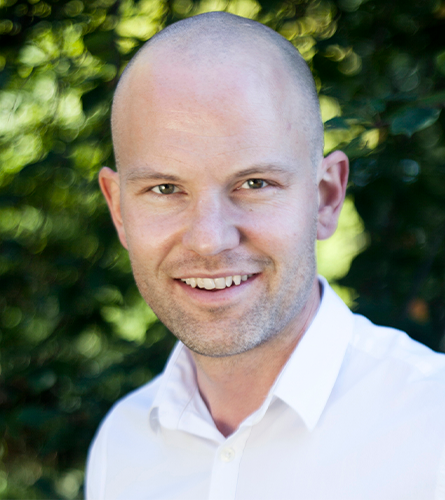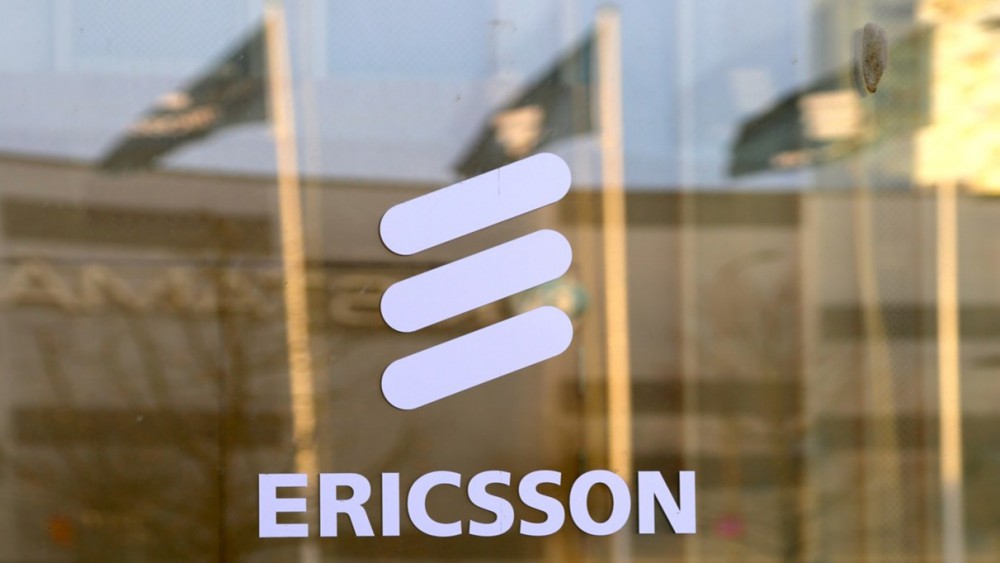Data Science, Artificial Intelligence (AI) and Internet of Things (IoT) are said to be key components in the Fourth Industrial Revolution (4IR). In his interview below, Simon Moritz, Transport Ecosystem Evangelist at Ericsson, takes us through the timeline from the Industrial Revolution in the 19th century to the 4th Industrial Revolution of the 21st century, elaborating on telecommunications technology and IoT ecosystems, as well as outlooks the digital infrastructure of the feature.
Hyperight: Hi Simon, we’re glad to have you speak at the 5th edition of the Data Innovation Summit 2020. Please tell our readers a bit about yourself and your role at Ericsson.


Simon Moritz: I believe I was one of Ericsson’s first newly recruited data scientists back in 2007, i.e. before the terminologies such as Data Scientist and Artificial Intelligence was commonly used. However, the work on Data Mining, as it was named, included a novel mix of machine learning, reinforcement learning and privacy by design.
I have since then had the luxury to work with and learn from some of the best people both within Ericsson as well as from partners and universities across the world. In 2016 I moved over from Ericsson Research to what we today know as Ericsson Technology and New Businesses Area where I’m focusing on building an ecosystem within the Internet of Things (IoT) now with a special focus on system integrator partnership.


Hyperight: We are aware the number of connected devices and data they produce grows more and more every single day. Besides the long list of benefits it gives, IoT also brings some challenges along the way. What are the biggest challenges that hinder organisations from realising the true potential of IoT and connectivity?
Simon Moritz: According to Ericsson Mobility Report we can see an ever-increasing list of connected devices where Narrowband-IoT (Nb-IoT) and CAT-M are projected to account for more than 50% of the cellular IoT connections in 2025.
All these connected devices open up for a whole new flood of use cases, but also puts new challenges on the way we interact with them and how we do business together. With this comes increased cybersecurity risks, privacy risks and stress-related risks which are commonly discussed related to the change. Still, there is also a risk of not gaining the advantage that comes along with all these new opportunities as some organisations are focusing on building ecosystems with lock-in effects rather than leveraging from a more collaborative win-win-win-win opportunity when building real ecosystems.
In a real ecosystem, every partner that is connected will find a benefit from being connected. Some actors will have access to the raw material such as data; others will be skilled in taking a plurality of data sources and create new actionable insights of them, while yet others will simply like to purchase the actionable insights to build better systems and services for their customers, which eventually will create new data that is fed back to the ever-spinning loop in the ecosystem.


Hyperight: 2020 is the year in which the Data Innovation Summit turns 5. A lot has changed with data and advanced analytics during these five years. From your point of view, where do we see the biggest changes and advancements with AI and data we have had?
Simon Moritz: Data Innovation Summit turns 5 years, and 5 is also the number of next-generation mobile communication technique – 5G. Mobile telephony was developed in 1981 in Stockholm Kista based on the standard Nordic Mobile Telephony (NMT). Before 1981 Ericsson connected places, and then with mobile telephony people started to be connected, 2G then introduced connected services, 3G connected data and 4G started to connect applications which gained from the introduction of mobile broadband. Now with the fifth-generation mobile network, 5G, we will see a whole new transformation as industries will be connecting using “digital infrastructure” which dramatically will change the landscape in how we do business together, Simon believes.
With these new digital roads to “drive on” where data and information are the packages exchanged [between places, people, services, data and applications] we will see a transformation from being reactive to becoming proactive in all ways that it’s possible. This is a major change, a change that is commonly referred to as the Industry 4 Revolution (4IR). The transition that happened in 1981 will likely be compared in the rear mirror to 4IR – seen as “only” an extension of the phone chords as we now are embarking on a complete transformation journey that connects our physical world to extended reality.


Hyperight: But IoT and 5G don’t only connect devices and vehicles; they promise communication among vehicles, smart cities and infrastructure. These changes will require a major shift in how businesses operate. In your presentation, you will discuss an ecosystem or business model that will be the key for Industry 4.0. Could you give us a short intro into what IoT ecosystems mean and how it will benefit companies?
Simon Moritz: 5G, IoT and Ecosystems are hot terminologies in today’s tech media, but there doesn’t seem to be a common understanding of how to leverage these yet. But we constantly see big promises of increasing business opportunities from management consulting firms such as McKinsey, Gartner to our own projections from Ericsson how 5G will be part of the business.
We can compare the situation today with the Industrial Revolution at the beginning of the 19th century where there was a need for creating a railway in order to help the steam engines transporting coal from the mines. Initially, the railways were made of wood but were soon exchanged for iron. But they also needed to agree on the width and size of the railway track, to cater for the needs of connecting the mines with the cities, and the cities with each other, following a common standard. Likewise, within mobile telecommunication, it is nowadays possible to call anyone in the world thanks to the 3GPP standardisation work. However, the challenge with standardisation is that they typically take a very long time. And in a world of data, applications and web communities, patience is not a common strength. So today we need something that we can agree on fast, while also making sure that we get longevity.
In an ideal world, one should start with the strength of the web community building on said de facto standards bringing a lot of attention and a common story. Then early on involve standardisation bodies, such as the Swedish Institute of Standardization (SIS), IIC, 5GAA, IEEE, 3GPP, W3C etc. in order to have them make the rubber stamp standard inspired by the de facto standard in order to guarantee longevity beyond the short period of the web focus.


In this way, we would gain both speed in starting and robustness towards a standard that will last beyond 2030. Without a long-term guarantee, it will be too big of a risk to design e.g. a new car or an industry product as a replacement and upgrade in hardware is not as flexible as in software.
An example of good dialogue between different companies can be found in the European Data Task Force which tries to find common ground in data exchange. Another example is the Mobility Data Specification that was initiated by the Los Angeles Department of Transportation (LADOT) as a response to how mobility companies should communicate with local governments. In Sweden, there is also a great initiated from the Swedish Government’s Strategic Innovation Programs governed by Vinnova, where, e.g. Drive Sweden has come a long way in its proposal of the Digital Infrastructure.
And though this work is starting to connect the 130+ organisations out of Sweden, there is already a good internationalisation work in the making connecting Sweden with Singapore, USA, Middle East and others. This goes both for how one should practically connect the cities and their digital twins today, as well as discussing how we ought to find the new business models that will benefit not only industries but also governments, academia and ultimately the public. All four of the so-called quadruple helix need to find a benefit in the ecosystem in order to be part of the ecosystem.
And who knows, maybe history can repeat itself. Nordic Mobile Telephony (NMT) was created in Kista 1981, though it was first sold to Saudi Arabia.
Will digital infrastructure, as the new digital rail track, be built in Sweden, triggered by the Data Innovation Summit in Kista? And where in the world will we see the first commercial deployment? Come and meet me during the summit to discuss more.


Hyperight: And finally, talking about the decade to come, where do you see IoT in 2030 and Ericsson’s role in it?
Simon Moritz: Ericsson has been around for 144 years, and we have been connecting billions of people throughout the years. Today with our 29% market share, we serve 1 billion users in network that we manage and 2.5 billion in networks that we support. Nevertheless, most people around the world have never heard about Ericsson nor know what we are doing, including people from our home country Sweden.
In 2030 I hope that Ericsson will still continue to deliver real value to the global citizens. In addition, I hope that we will be known for linking not only people together, but also all the things, whether they are physical or only logical entities. I hope that Ericsson will be able to empower people, business and societies in all spheres of life in a positive way, and get well recognised for doing so.














Add comment